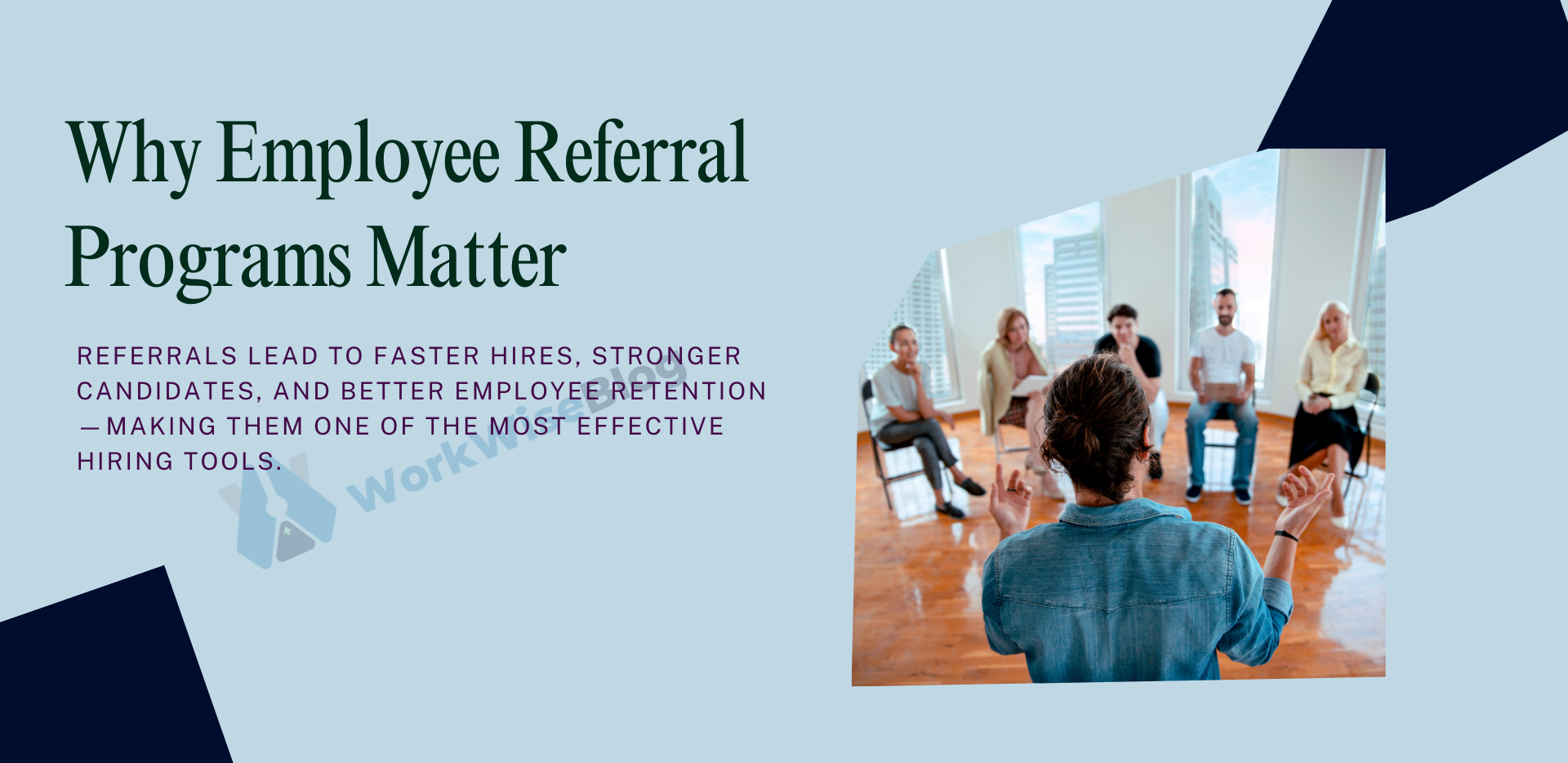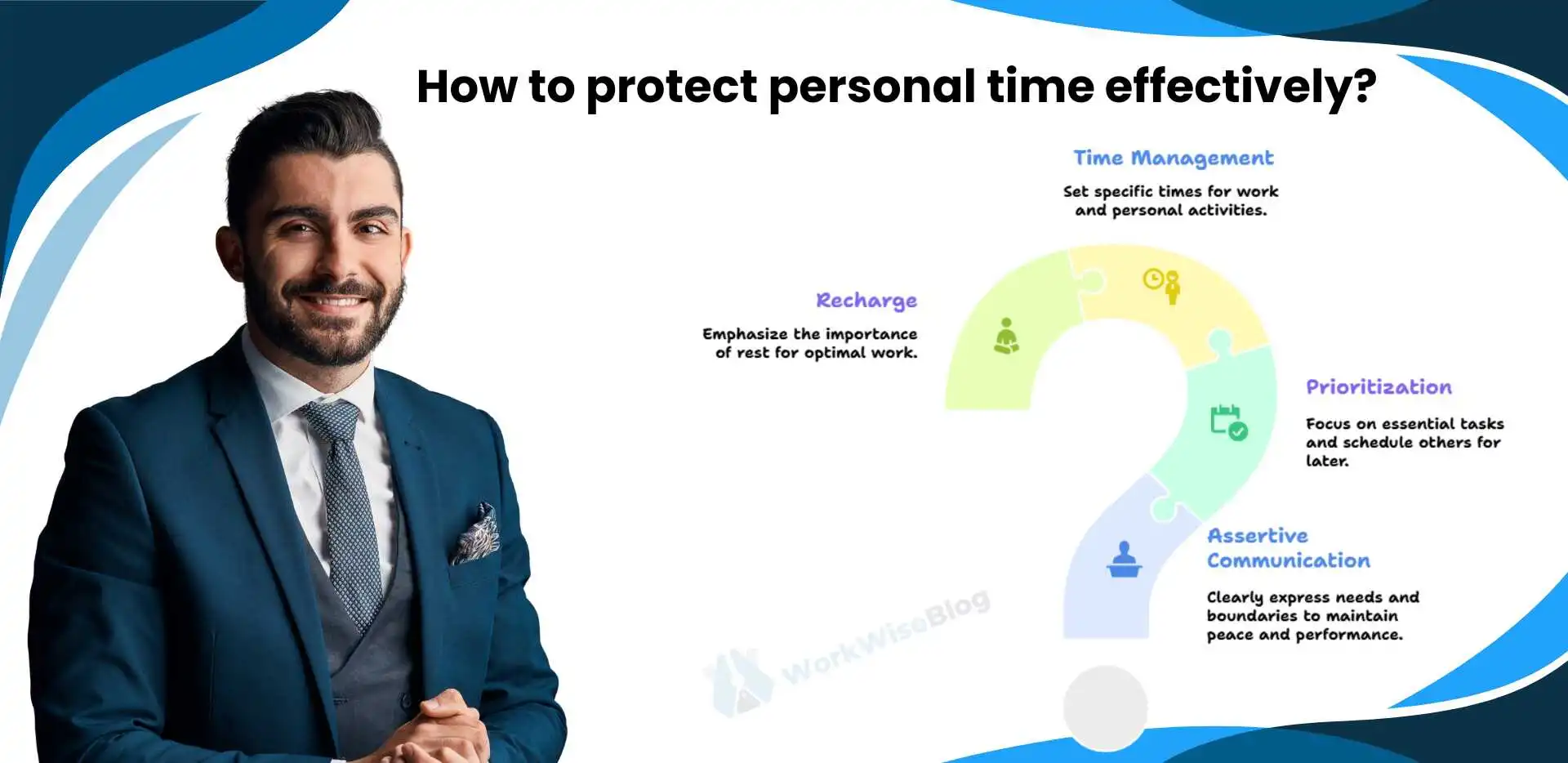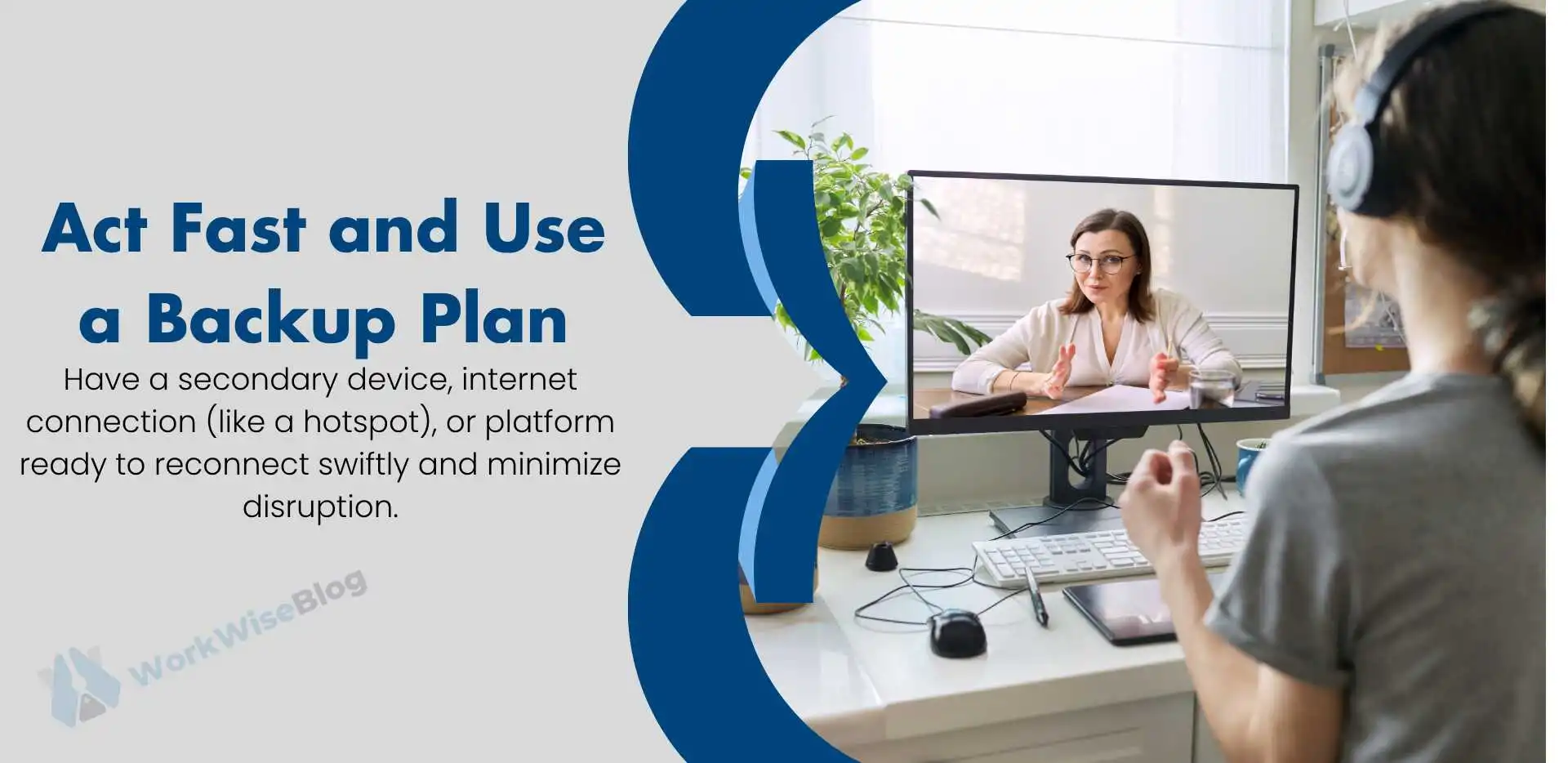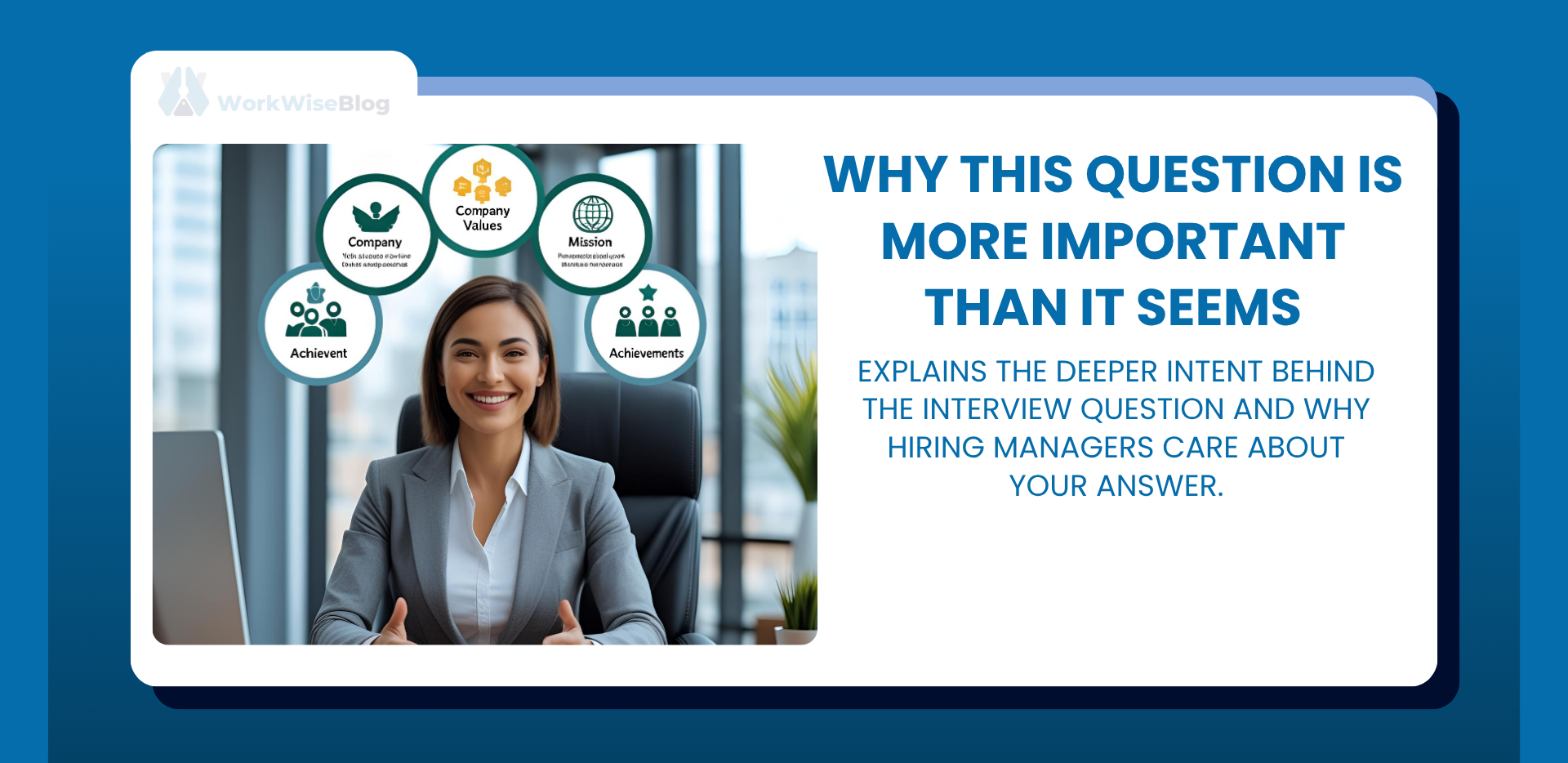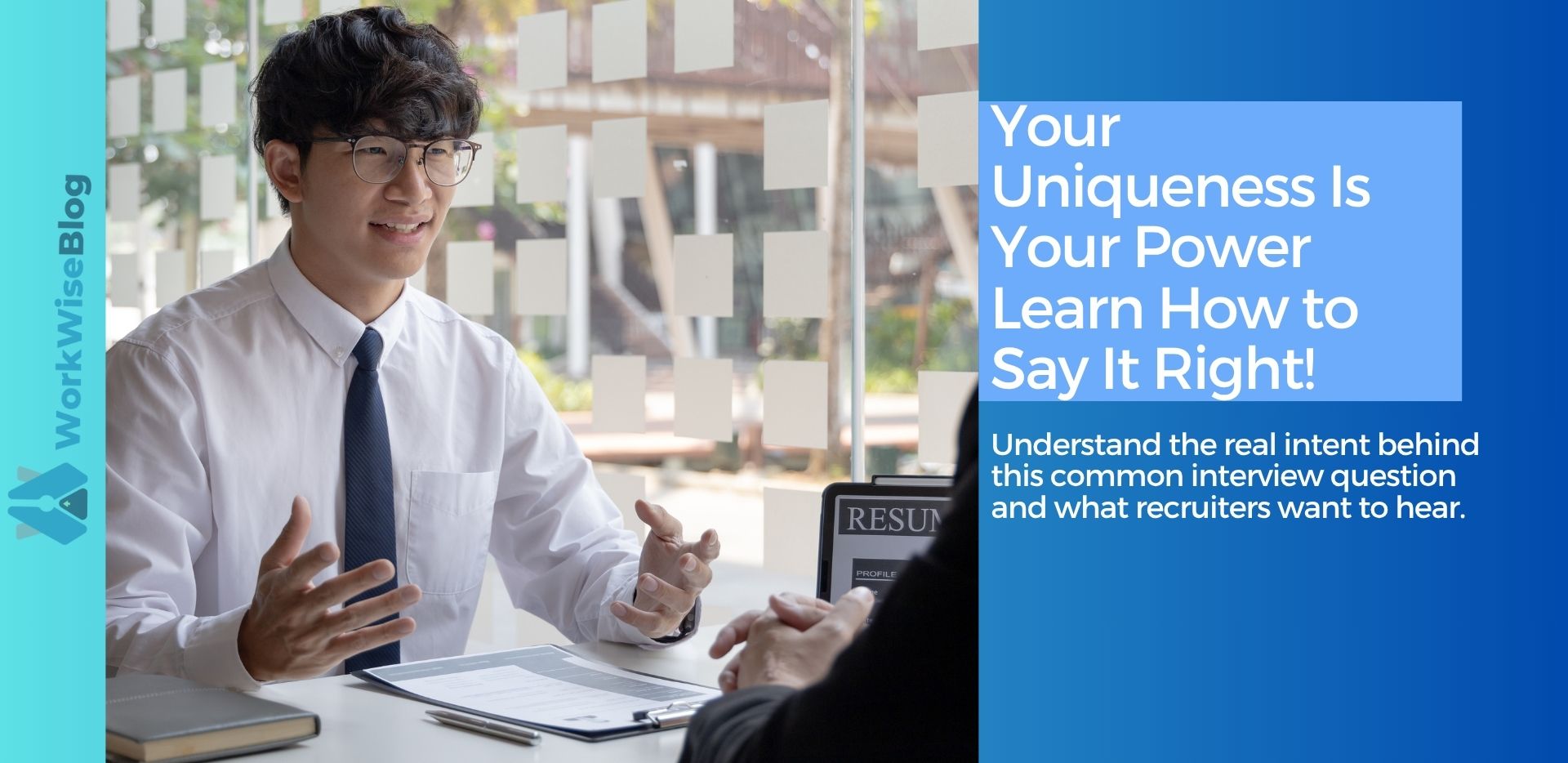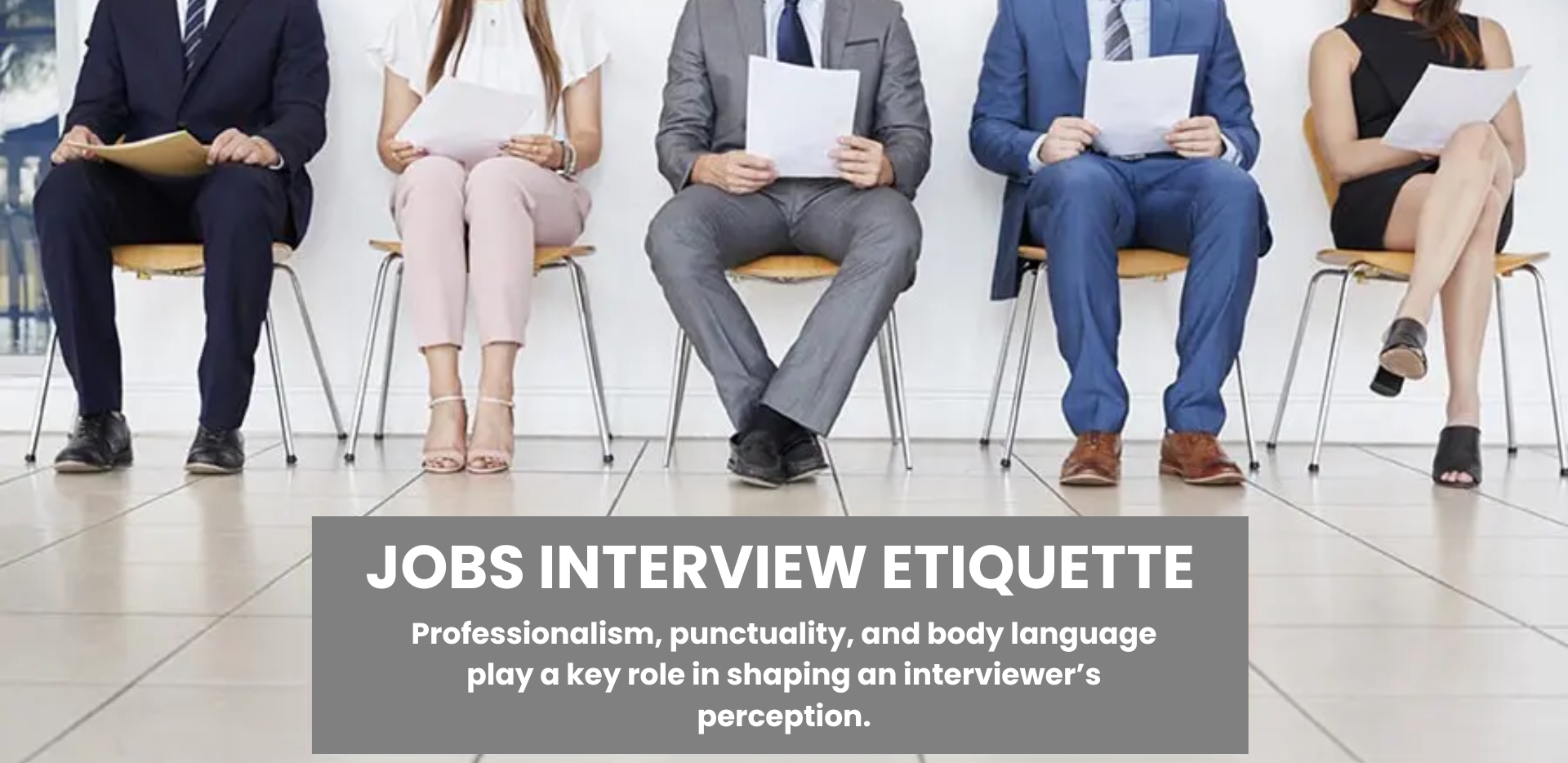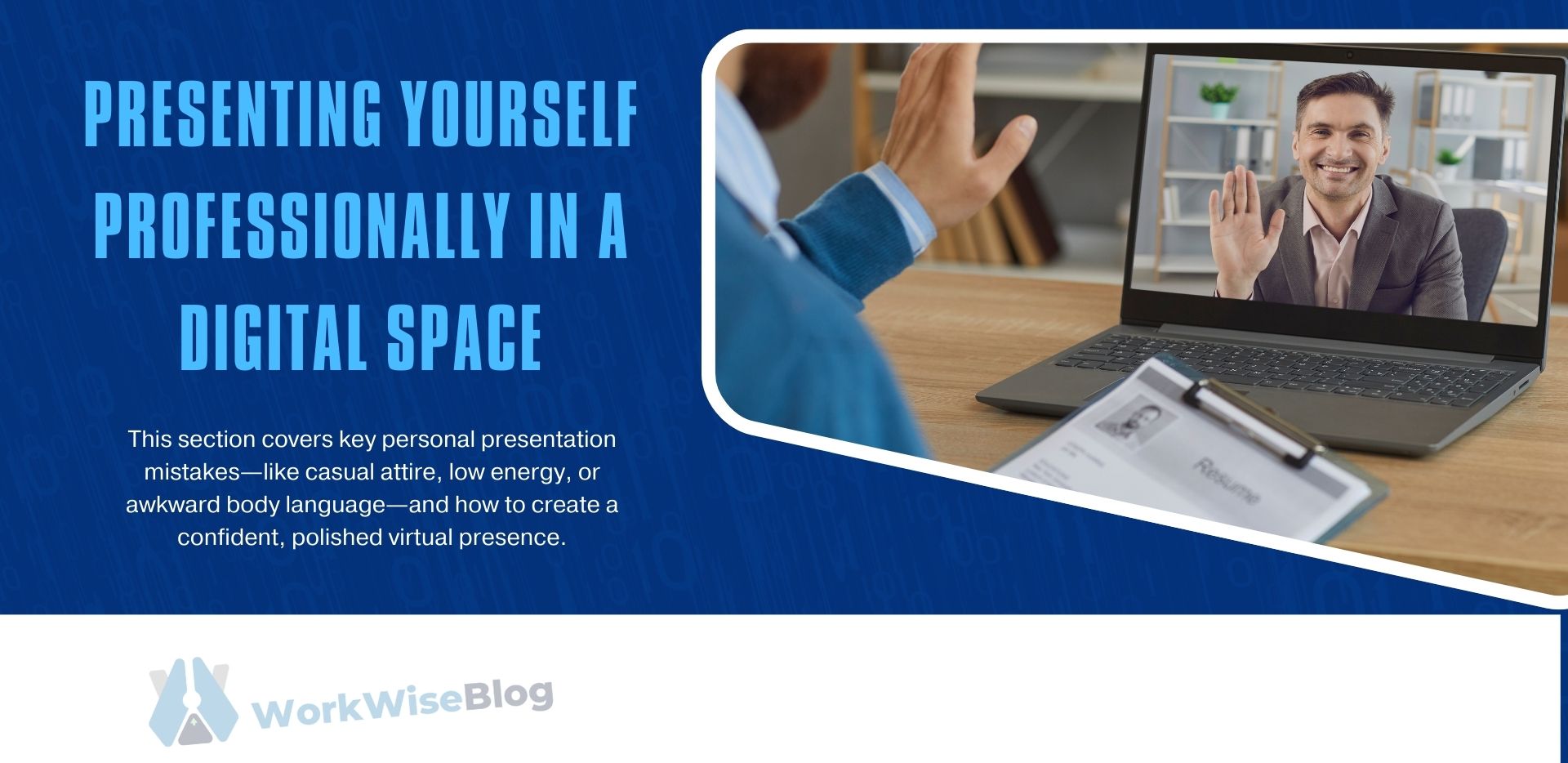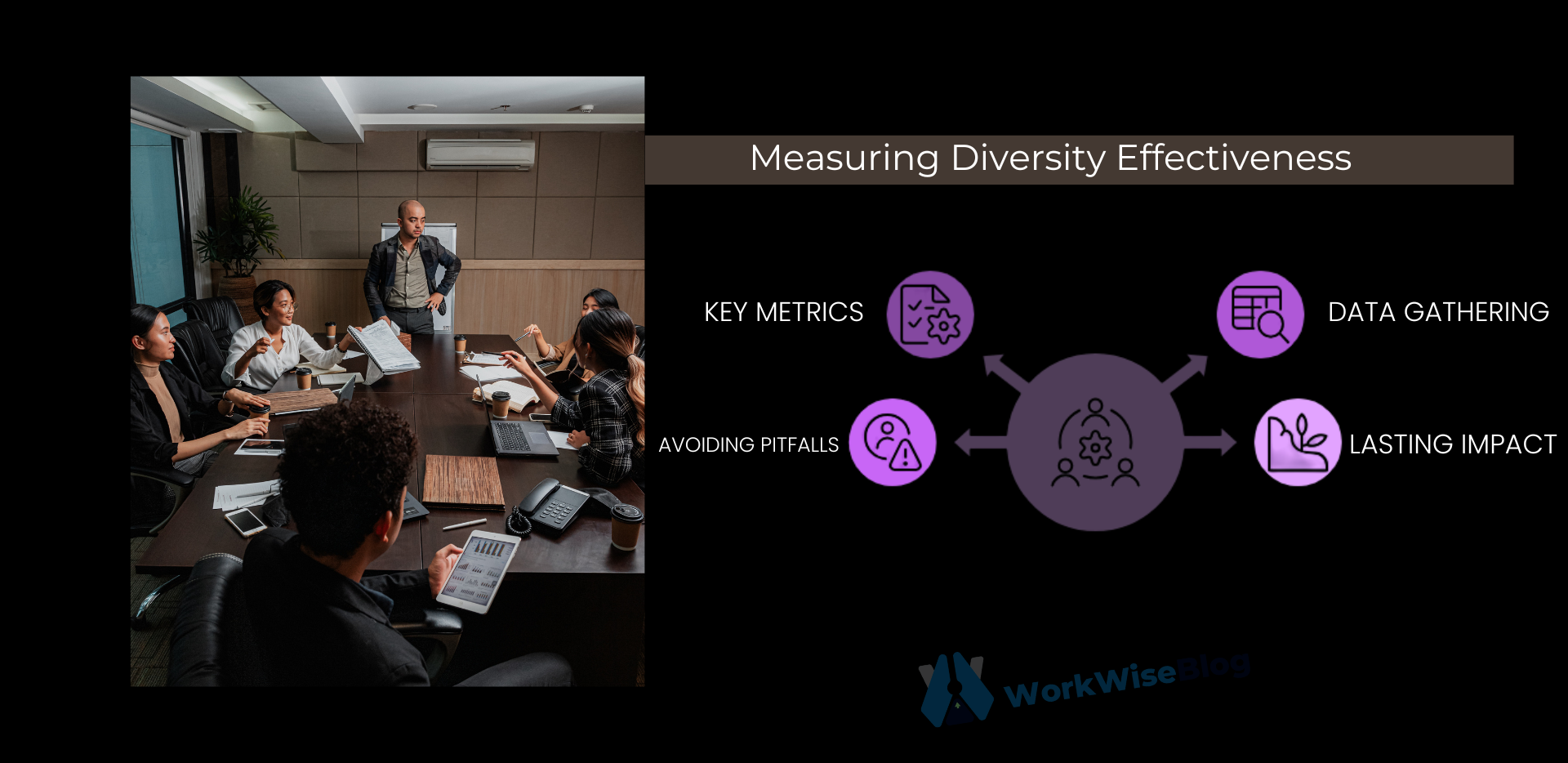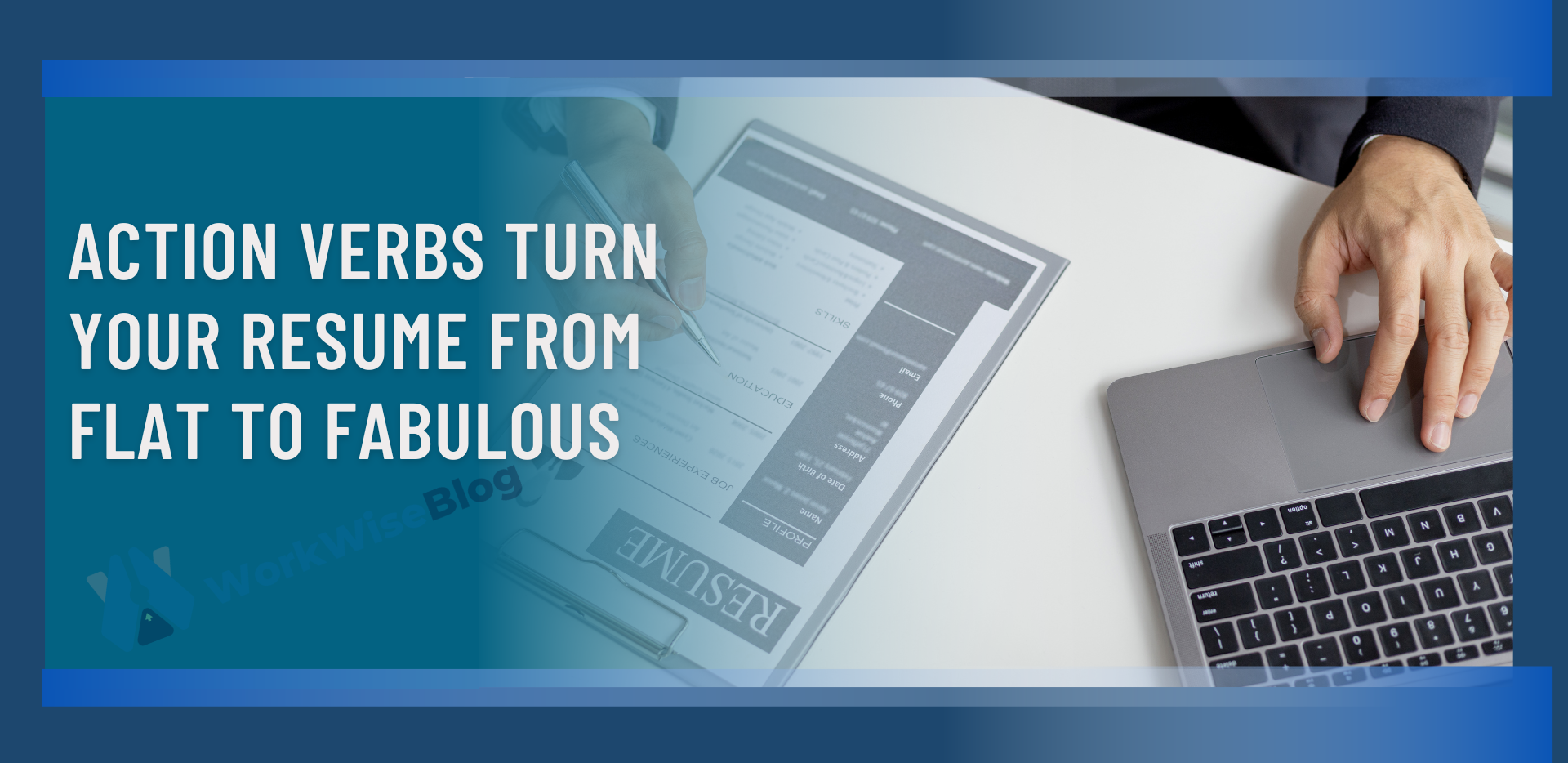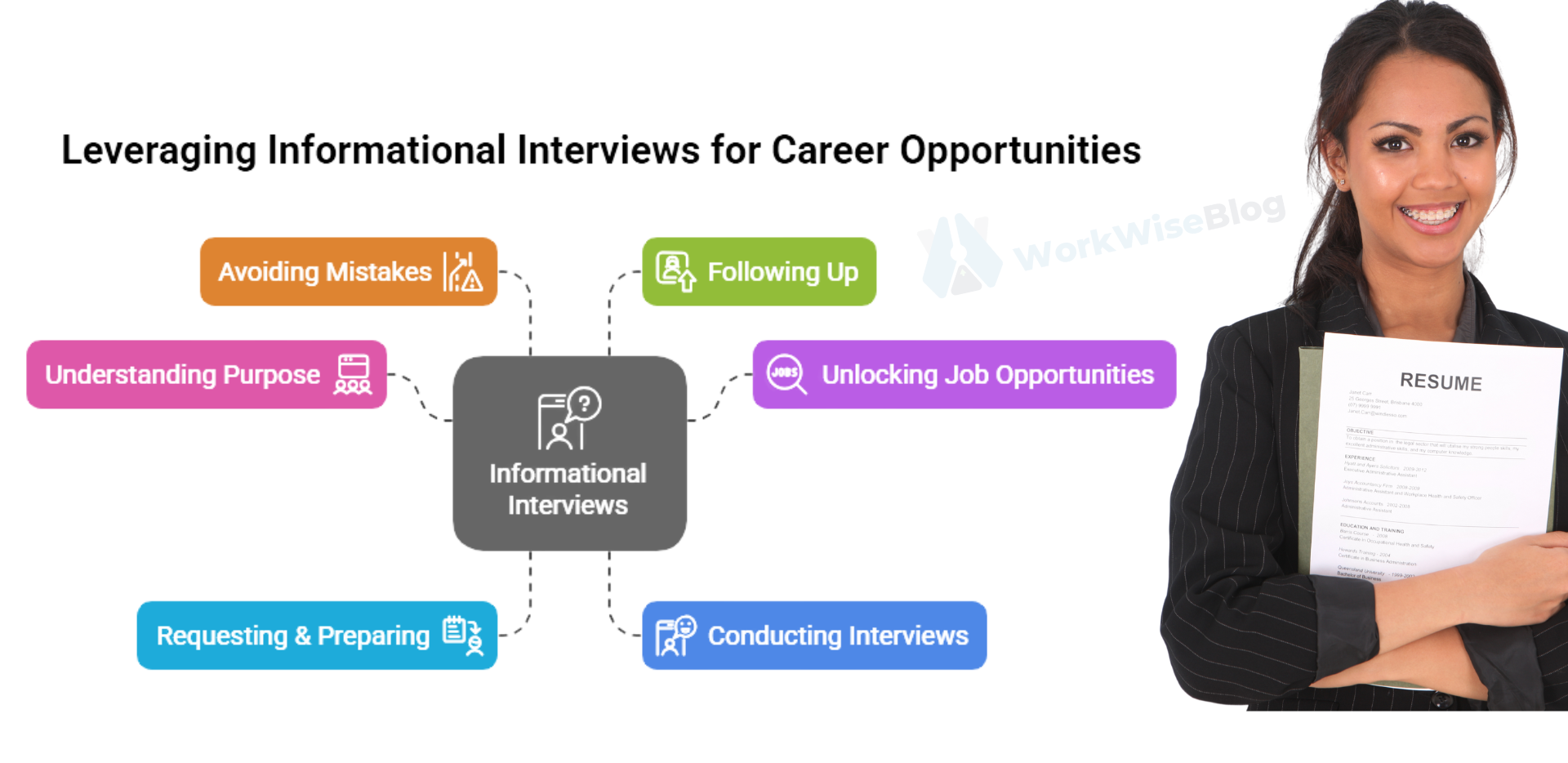In this blog, you’ll learn:
- Why employee referral programs matter
- What makes a referral program effective
- Step-by-step strategies to build or improve your own
- How to keep employees engaged and motivated
- Common mistakes to avoid
Let’s turn your employees into your best recruiters—without burning them out or breaking your budget.
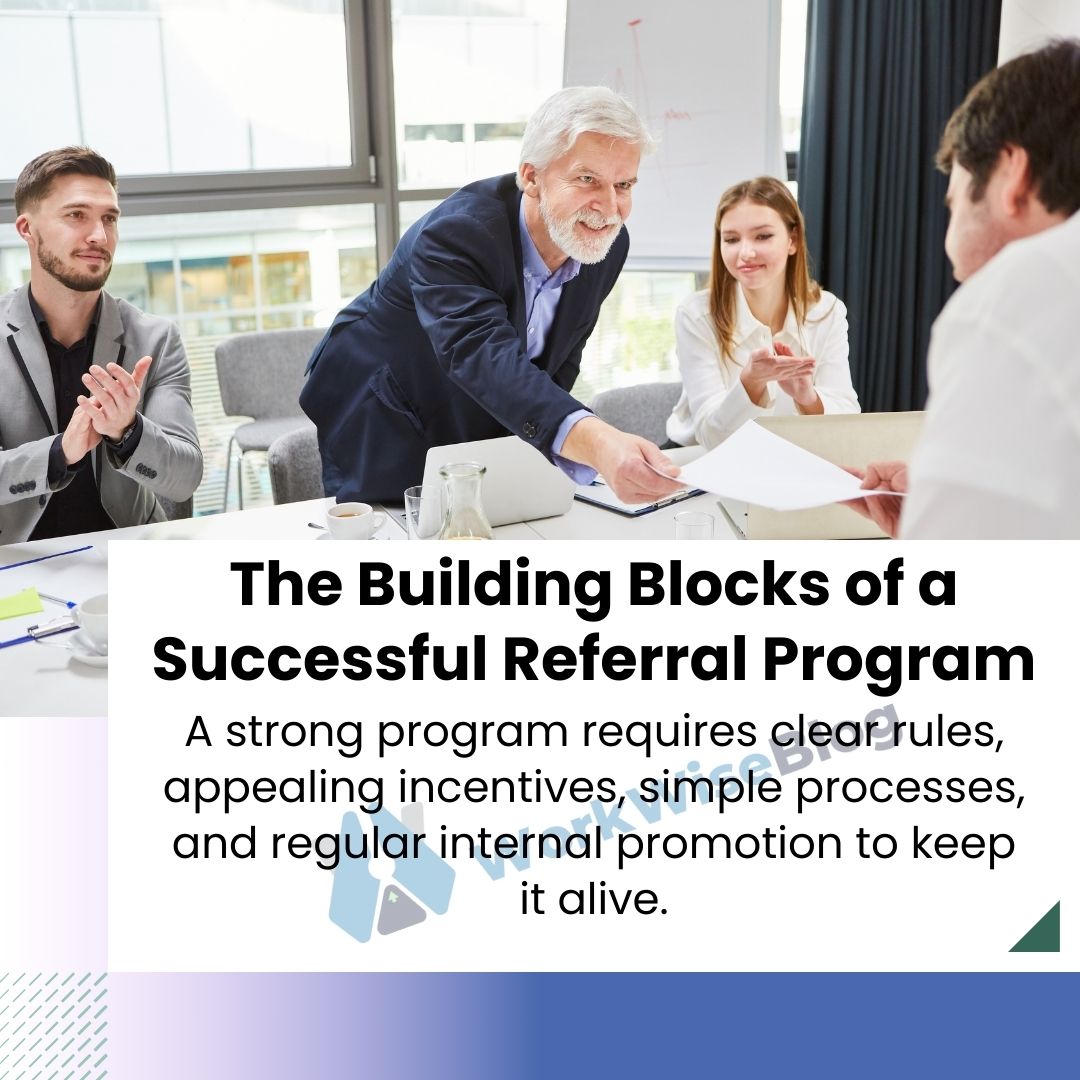
1. Why Employee Referral Programs Matter
When done right, referral programs are a win-win-win:
- Companies save time and money on recruiting
- Teams get new members who already align with the culture
- Referring employees feel recognized and rewarded
Research shows that referred candidates are hired faster and stay longer. They’re also more likely to be top performers.

According to LinkedIn, referrals are 4x more likely to be hired than other applicants.
And from a cultural perspective, referrals help reinforce a strong sense of connection. If your employees enjoy working with their colleagues, they’ll naturally want to bring in more people like them.
2. The Building Blocks of a Successful Referral Program
Not every referral program is created equal. What separates the ones that thrive from those that flop? It all comes down to clarity, simplicity, and follow-through.
Here are the must-haves:
Clear Guidelines
Employees need to know:
- What roles are open
- Who’s eligible to refer
- What counts as a successful referral
- How they’ll be rewarded (and when)
- Fair and Meaningful Incentives
Money isn’t everything, but it helps. Common rewards include:
- Cash bonuses (e.g., $500–$2,000 depending on the role)
- Extra time off
- Gift cards or experiences
- Public recognition or shout-outs
Whatever you choose, make it meaningful and timely.
Easy Process
Don’t make your employees jump through hoops. A simple referral form or a few clicks through your HR system is best. Make it mobile-friendly, too.
Ongoing Promotion
Launch it loud, but don’t stop there. Remind your team through:
- Monthly emails
- Slack channel pins
- Screensavers and posters
- Manager shout-outs during team meetings
Consistency keeps the program alive.
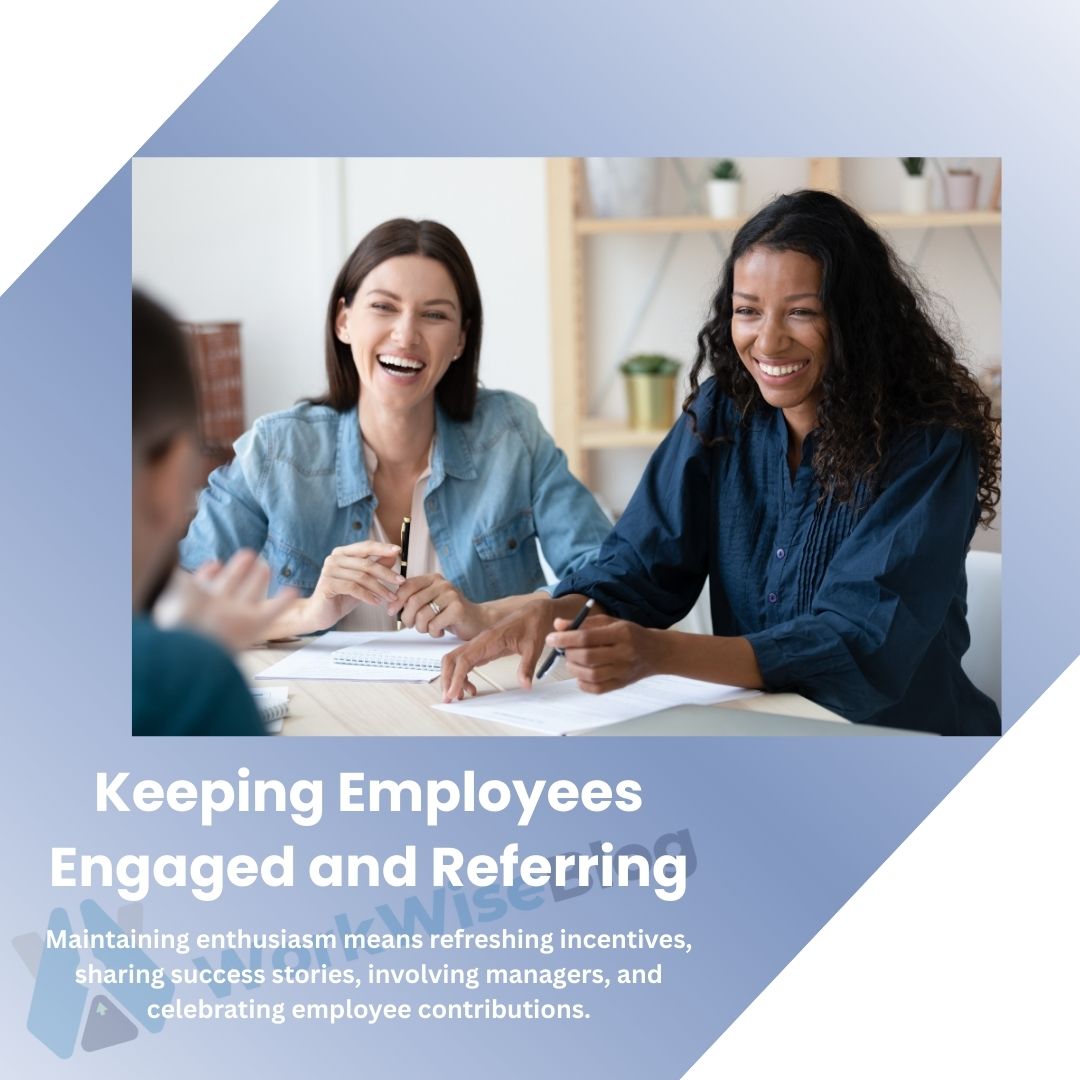
3. Step-by-Step: How to Create a Referral Program That Delivers
You don’t need a massive HR team or a huge budget. Just follow these steps to build a strong, sustainable program.
Step 1: Define Success
What’s your goal? Is it to fill urgent roles faster, improve cultural fit, or boost retention? Get clear on what success looks like so you can track progress.
Step 2: Pick the Right Roles
Start by targeting high-priority or hard-to-fill positions. Referral programs work best when they focus on quality, not volume.

Step 3: Set the Rules
Be transparent about:
- Who qualifies for a reward
- When the reward is paid (e.g., after 90 days)
- What disqualifies a referral (e.g., duplicate or prior applicants)
Write it all down in simple, friendly language.
Step 4: Decide on Rewards
Money is great, but so is recognition. Consider a tiered system—more for senior roles, or bonuses if multiple referrals are hired.
Pro Tip:
If your budget is tight, offer a choice (e.g., $500 bonus or 1 extra PTO day).
Step 5: Launch It With Excitement
Don’t just send an email and hope for the best. Hold a team meeting or mini kickoff. Make it fun and engaging.
Step 6: Track and Celebrate
Keep a spreadsheet or use your ATS to log:
- Number of referrals
- Quality of hires
- Source of each referral
Recognize referrers publicly—even if their candidate isn’t hired. A simple “thank you” goes a long way.
4. How to Keep the Program Alive
Initial excitement fades. So how do you keep people referring long after launch?
Refresh the Rewards
Switch up your incentives occasionally. Even small changes (like adding lunch with the CEO) can reignite interest.
Share Success Stories
“John referred Sarah—now she’s leading the design team.” Stories like this are gold. They show impact, not just policy.
Train Hiring Managers
Let them know which roles are referral-priority and ask them to remind their teams regularly.
Show Results
Every quarter, share stats:
- “50% of hires this quarter came from referrals”
- “Average referral bonus: $750”
- “Fastest time-to-hire: 7 days!”
People love to see the impact they’re making.
5. Mistakes to Avoid (and How to Fix Them)
Even good programs can hit roadblocks. Watch out for these common mistakes:
Being Too Complicated
If the process feels like a maze, employees won’t bother. Keep it simple, intuitive, and fast.
Ignoring Non-Hires
If someone makes the effort to refer a candidate, acknowledge it—even if the person wasn’t hired. Silence kills motivation.
Treating It Like a One-Time Campaign
Referral programs should run all year long. Keep reminding, rewarding, and refreshing.
Overlooking Diversity
Don’t let referrals become an echo chamber. Encourage diverse referrals by spotlighting inclusivity in your messaging and training.
Final Thoughts: Turn Employees into Talent Ambassadors
A well-crafted referral program is more than a hiring shortcut—it’s a powerful culture-building tool. It shows your team that their voice matters, their network is valuable, and their contribution goes beyond their job title.
The key? Make it easy, rewarding, and personal.
Further Reading:
- Work Wise : Beyond Perks: What Really Attracts Top Talent in Today’s Market
- Harvard Business Review: Build a Stronger Employee Referral Program

